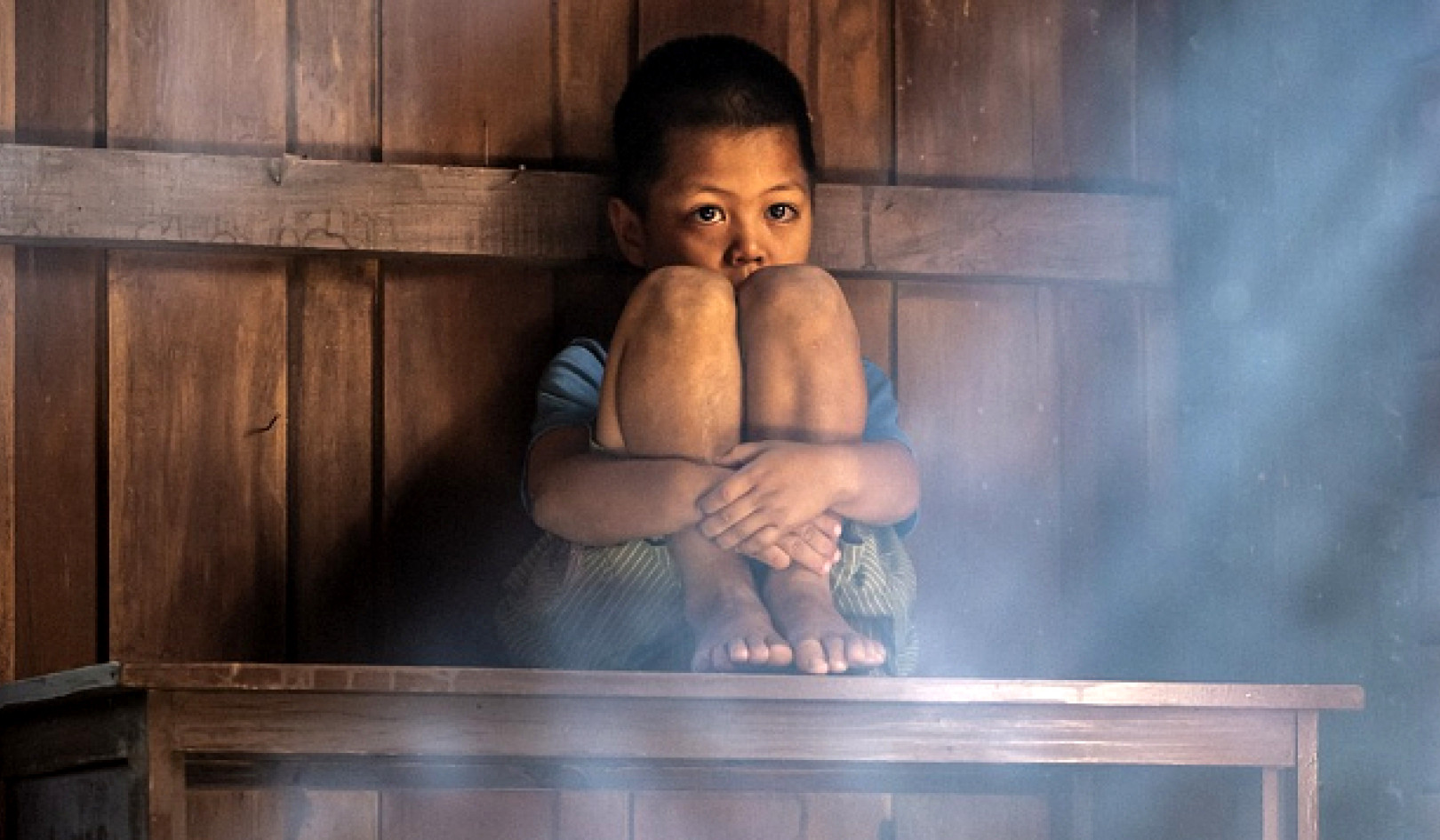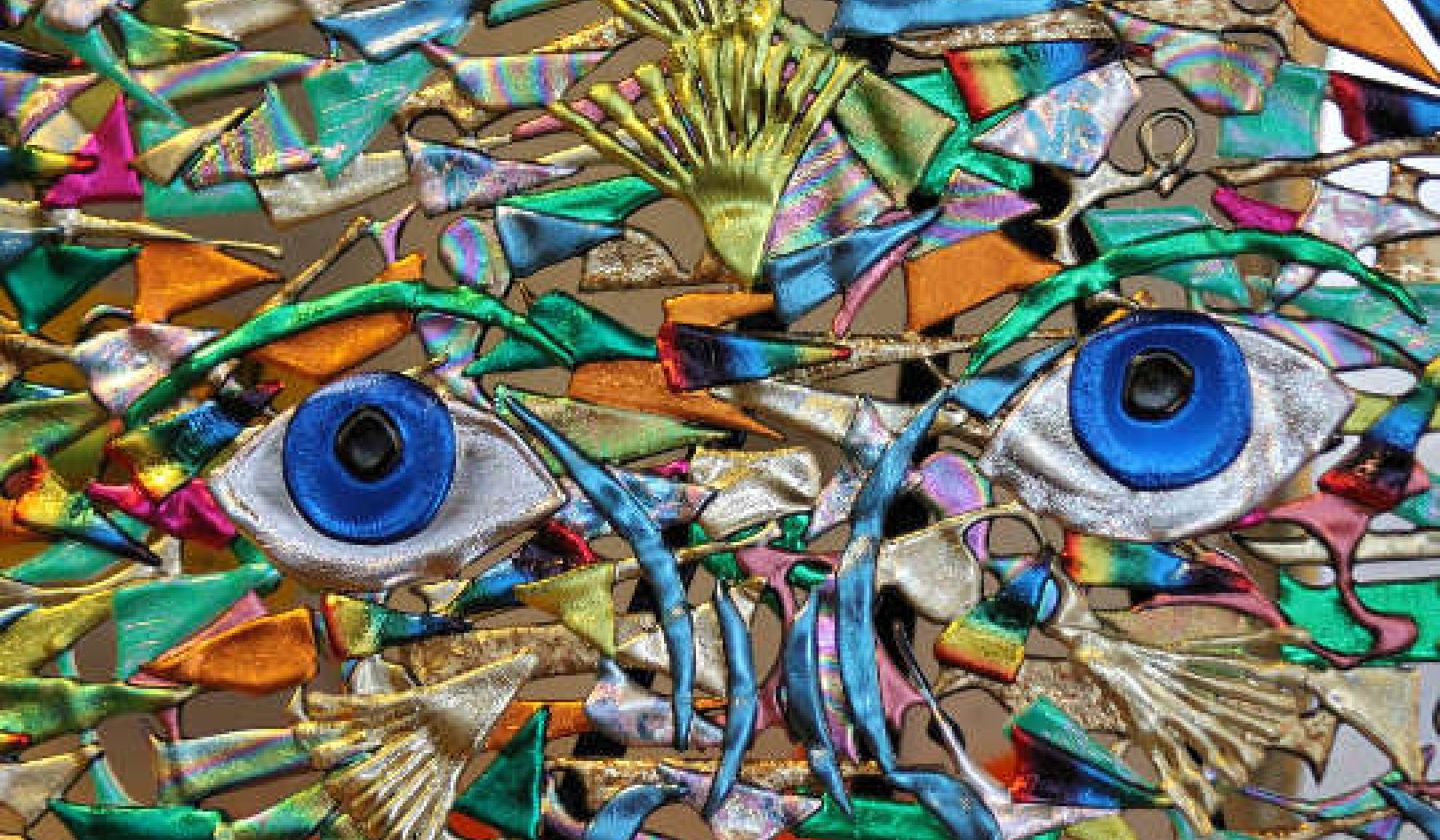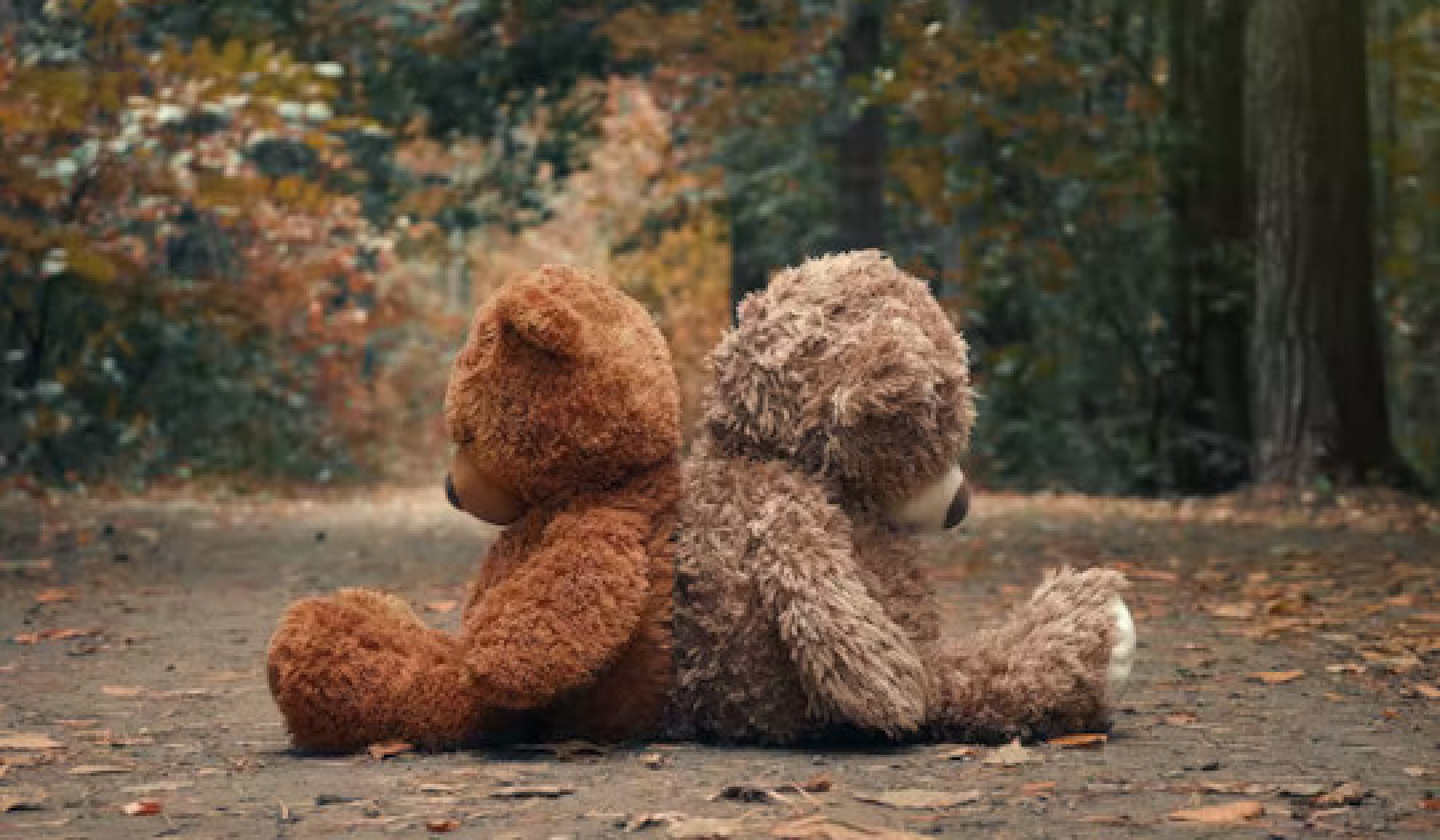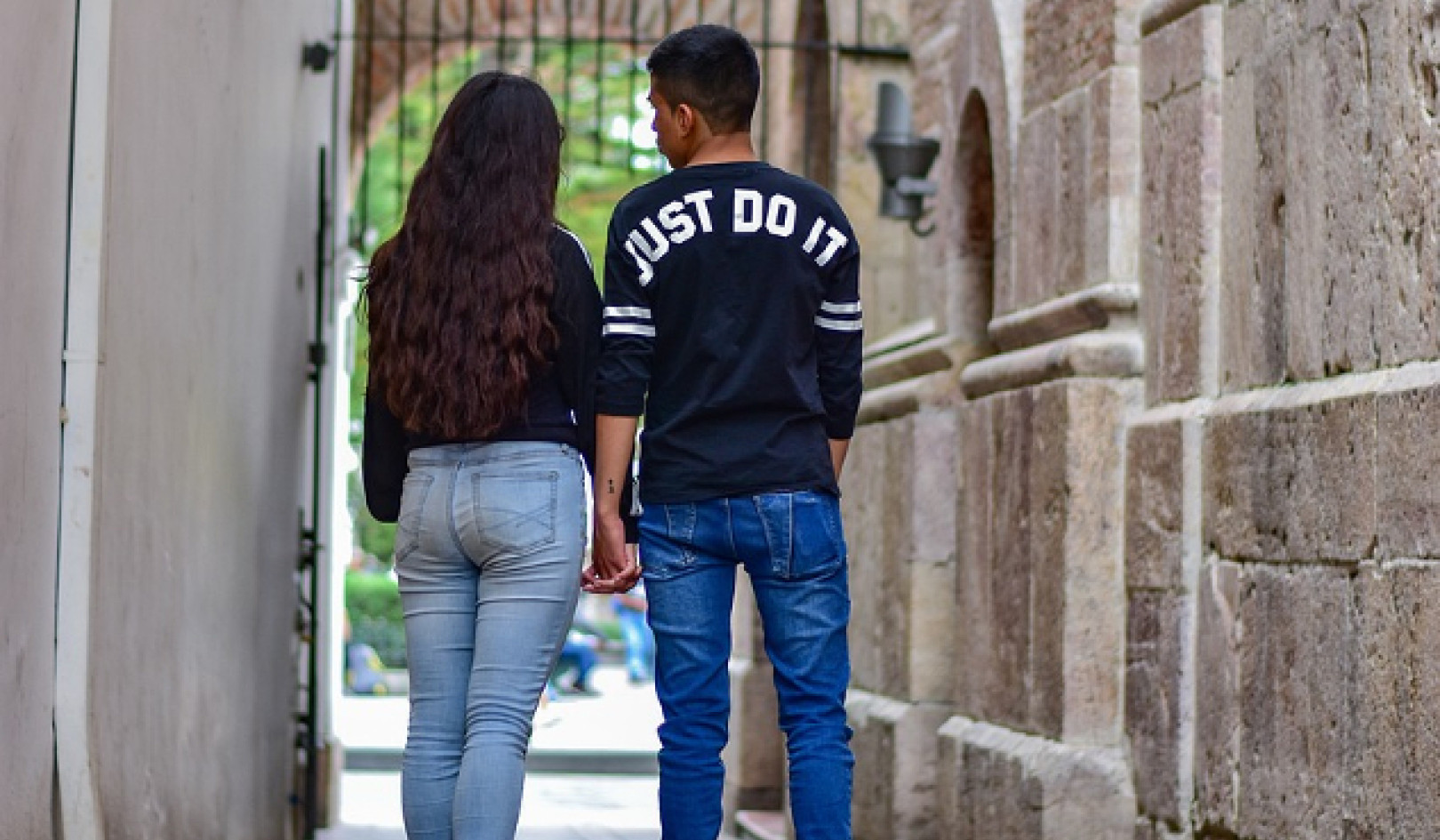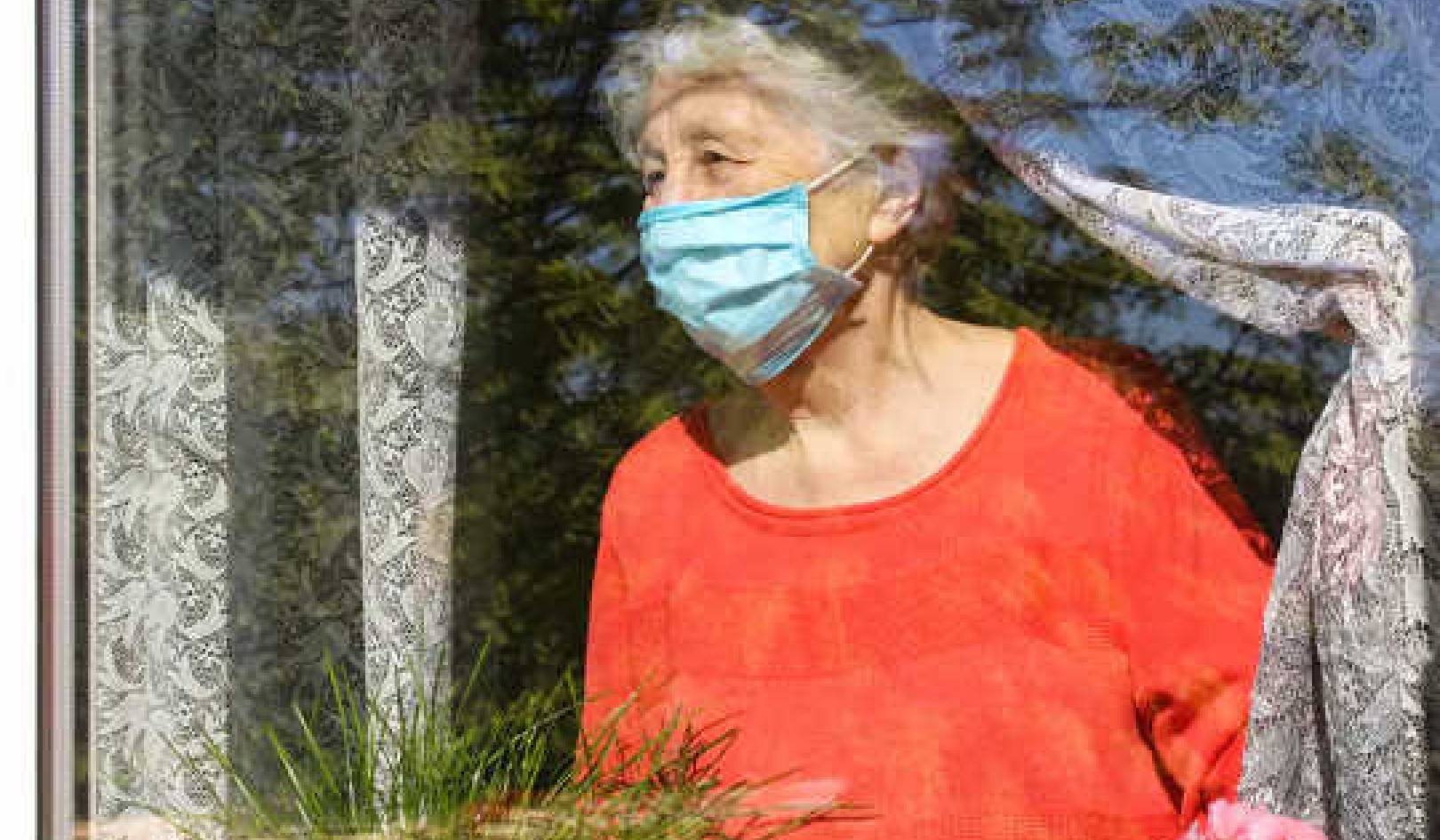 George Rudy via Shutterstock
George Rudy via Shutterstock
Stories can be mirrors that help young people express feelings about a given situation. They give children a vocabulary for what is happening. But, because of how fiction works in the brain, stories can also be windows. When we read fiction, we inhabit other bodies and feel the concerns of other people. This helps young people to develop empathy – but has another profound effect. Reading stories makes us feel experienced and increases resilience.
I’ve chosen some wonderful books that all function both as mirrors and windows for children as the world faces the effects of Coronavirus. They are beautifully written and/or illustrated and should fire young imaginations, while comforting the whole family.
The Red Tree
This is a beautiful picture book – sparse of text – with lush landscapes in Sean Tan’s magical style. The reader loses themselves in pages that are achingly evocative of yearning, loss and wonder in a kind of heady cocktail of intense emotion, boredom and stoicism.
 For a child, there is always hope. Amazon
For a child, there is always hope. Amazon
Dark leaves fall in our character’s bedroom, but by the end, they have coalesced into a beautiful red tree.
There is space here for even a very young reader to express what they think is happening page by page. The art could stimulate imitation. I can also imagine making a little red tree trunk and branches and adding a leaf to it, day by day.
There is very little reading to be done, so a slightly older child could also “read” it to a younger one.
The Mousehole Cat
Antonia Barber sets her classic story on the Cornish coast. The narrative is about a cat who saves the day when her community is threatened. It is wordier than many picture books, but narrated by the cat in clear, beautifully written prose – it’s a pleasure to read aloud.
 Moving story of bravery, sacrifice and companionship. Amazon
Moving story of bravery, sacrifice and companionship. Amazon
Nicola Bayley’s illustrations are engaging and immersive – who wouldn’t like to go to the seaside right now? – and the characters easily inspire affection.
Touching on concepts of scarcity and sacrifice, this is a very empowering story for a young listener or reader. The smallest character in the story is the hero who saves everyone – by singing. It would be easy to live in this story for a while, going fishing from the laundry basket, practising storm singing, repeating some of the turns of phrase.
The illustrations are inspiring for young artists and could also be the basis of remembering visits to the seaside, pretend beach picnics or natural history lessons.
Comet in Moominland
A trip to Tove Jansson’s Moominland always makes everything better. Here, the family flee from an approaching comet, meeting many favourite characters on the way.
 Full of adventures and narrow escapes. Amazon
Full of adventures and narrow escapes. Amazon
The much-beloved Moomins are eccentric hippo-like people, very accommodating of difference and otherness. That said, many of the characters have their little ways, and being accommodating isn’t always comfortable. The realism of the relationships gives even the silliest of Jansson’s stories the texture of real life.
Quirky line drawings are immensely endearing and the story, while exciting with elements of real fear, never feels as if it will end badly. The language is fun, with word play and characters’ attitudes and, again, the child is the hero. It’s not hard to draw a Moomin, and there are endless opportunities for drama. Year twos or threes can probably read it to themselves, with someone on hand for the tricky bits, but it’s fun enough to engage older children, and silly enough for littlies.
The Wee Free Men
Tiffany Aching comes from chalkland, where nobody has it easy, and everyone works hard. When a rift opens on her doorstep and her despised little brother is taken, she discovers she’s not ordinary, after all. Armed with a cast-iron frying pan, she takes on the full force of Fairyland.
 A riotous out-loud read. Amazon
A riotous out-loud read. Amazon
This is a riotous out-loud read from the late Terry Pratchett, featuring a tribe of “pictsies” who speak in a Scottish accent that sounds a lot like the stand-up comic Billy Connolly. Tiffany’s gran has recently passed away – and the danger feels quite real – but we know that Tiff will get us through. She certainly does, battling forces of depression and self-doubt to do so – another young leader in a time of community danger. Even hardened teenagers might smile at the best bits and tweens will devour it whole. Children as young as six or seven can follow along.
The narrative is a role-play bonanza and there are opportunities to investigate British folklore, identities in the United Kingdom and gender roles. Illustrations in the text might inspire art and mapping the settings would be an interesting exercise. Further adventures of some of the characters could be written, and geography lessons about chalk grassland would be easy to work in.
The Book Thief
For resilient older children and teens, Markus Zusac’s story is set in a time of many lives lost – Germany during the second world war – and narrated by Death. It is gorgeously written (an international bestseller, adapted for film) and, while the subject matter is difficult, the narrative pulses with life and hope.
 Navigating trauma and hard times. Amazon
Navigating trauma and hard times. Amazon
For a young person engaged with current events, questioning authority and impatient of parental efforts to shield them from the grimmer elements of our current reality, this book could be a lifeline.
Liesel Meminger is illiterate when the story begins, but takes a book that has been dropped at her brother’s graveside. As she begins to read and to leave childhood behind, she steals many more books. Love, death and the importance of even futile actions inform the story of Liesel’s coming of age and provide ways of thinking about what it means to be human.
This could be read together silently, perhaps taking chapters in turn, rationed out as a treat for discussion or not. It’s a natural accompaniment to history lessons, geography, or some online German instruction and watching the film could lead to a discussion of adaptation. But perhaps you could just leave a copy of it out for anyone who needs it to find and make their own.
Many of these titles are available electronically, but local bookshops are delivering and posting orders. After all, there’s nothing more comforting than snuggling behind the protective embrace of an open book.![]()
About the Author
Mimi Thebo, Reader in Creative Writing, University of Bristol
This article is republished from The Conversation under a Creative Commons license. Read the original article.

Related Books:
Here are 5 non-fiction books on parenting that are currently Best Sellers on Amazon.com:The Whole-Brain Child: 12 Revolutionary Strategies to Nurture Your Child's Developing Mind
by Daniel J. Siegel and Tina Payne Bryson
This book provides practical strategies for parents to help their children develop emotional intelligence, self-regulation, and resilience using insights from neuroscience.
Click for more info or to order
No-Drama Discipline: The Whole-Brain Way to Calm the Chaos and Nurture Your Child's Developing Mind
by Daniel J. Siegel and Tina Payne Bryson
The authors of The Whole-Brain Child offer guidance for parents to discipline their children in a way that promotes emotional regulation, problem-solving, and empathy.
Click for more info or to order
How to Talk So Kids Will Listen & Listen So Kids Will Talk
by Adele Faber and Elaine Mazlish
This classic book provides practical communication techniques for parents to connect with their children and foster cooperation and respect.
Click for more info or to order
The Montessori Toddler: A Parent's Guide to Raising a Curious and Responsible Human Being
by Simone Davies
This guide offers insights and strategies for parents to implement Montessori principles at home and foster their toddler's natural curiosity, independence, and love of learning.
Click for more info or to order
Peaceful Parent, Happy Kids: How to Stop Yelling and Start Connecting
by Dr. Laura Markham
This book offers practical guidance for parents to shift their mindset and communication style to foster connection, empathy, and cooperation with their children.



















